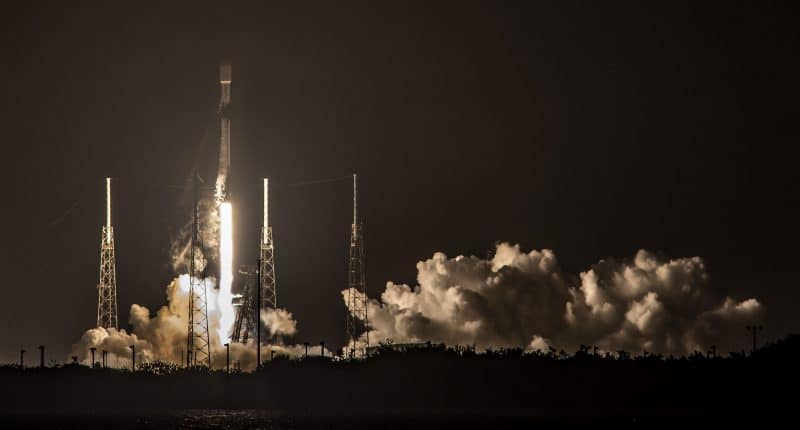On Monday, the Federal Communications Commission announced the results of the Rural Digital Opportunity Fund Phase I auction, a project which involves providing internet connection to rural areas where access to the internet is scant. SpaceX, the Elon Musk led space company, has won $885 million in federal subsidies for its Starlink satellite-internet project, which would be able to provide internet to places where laying fiber is practically impossible.
Rural Digital Opportunity Fund is a project worth $20.4 billion, which aims to spread high-speed internet across America. The program launched by FCC is being funded by small fees that are attached to cell phone bills. The program is designed to attract internet service providers into bringing broadband to parts of the US that lack proper access to the now almost fundamental right.
The project has been split into two parts, Phase I, worth up to $16 billion, and Phase II, worth up to $4.4 billion. Bidding for the Phase I project started on October 29 and ran till November 25. On Monday, the FCC has announced the names of 180 winners for Phase I of the project, which included SpaceX. The FCC has also notified in a public notice that 99.7% of winning locations will bring a minimum of 100 Megabits per second download speeds. They also claim that 85% of the locations will receive service 10 times faster.
In the auction, Musk’s company was ranked as the fourth-highest awardee in terms of value. LTD Broadband, Charter Communications, and Rural Electric Cooperative Consortium won more in total contract values. LTD Broadband has been awarded a contract worth $1.3 billion, Charter Communications worth $1.2 billion, and Rural Electric Cooperative Consortium worth $1.1 billion. However, these companies offer traditional wire based solutions, and Starlink is the only satellite based project that has made the list.
About Starlink:
Starlink is a satellite internet network through which, SpaceX envisions to provide internet anywhere and everywhere on earth. SpaceX claims that the internet connection provided via Starlink would be enough to play online video games or stream movies.
The Elon Musk company aims to build a network of 12,000 small satellites in low Earth orbit, of which, about 900 satellites have already been deployed. This is enough to begin providing service to some areas. SpaceX began working with some organizations in rural areas over which Starlink satellites orbit currently, such as Washington state. While the company aims to start providing internet access to the northern US and southern Canada before the end of the year. Moreover, the Starlink team has said that they are planning to move from a limited beta to a wider beta in late January.
In October, the company began beta testing the connection with their service priced at $ 99 a month. SpaceX has not yet mentioned names of major customers of the service that would cost an estimated $10 billion or more to build. The company believes that the service could bring $30 billion a year. In October, the company had also announced that it had partnered with tech-giant Microsoft to connect their Azure cloud computing network to the company’s satellite network. Reports have emerged in recent times of both the companies testing software needed to connect Starlink and Azure.
The Starlink satellites have been designed with leading-edge of on-orbit debris mitigation that meets and exceeds all regulatory and industry standards, its website claims. It also says that the satellites would use their onboard propulsion system to de-orbit over the course of a few months at the end of their life. In the event that the propulsion system is not operable, the company claims that the satellites will burn up in Earth’s atmosphere within 1-5 years, which is significantly lower than the hundreds or thousands of years required at higher altitudes.
The Tech Portal is published by Blue Box Media Private Limited. Our investors have no influence over our reporting. Read our full Ownership and Funding Disclosure →






